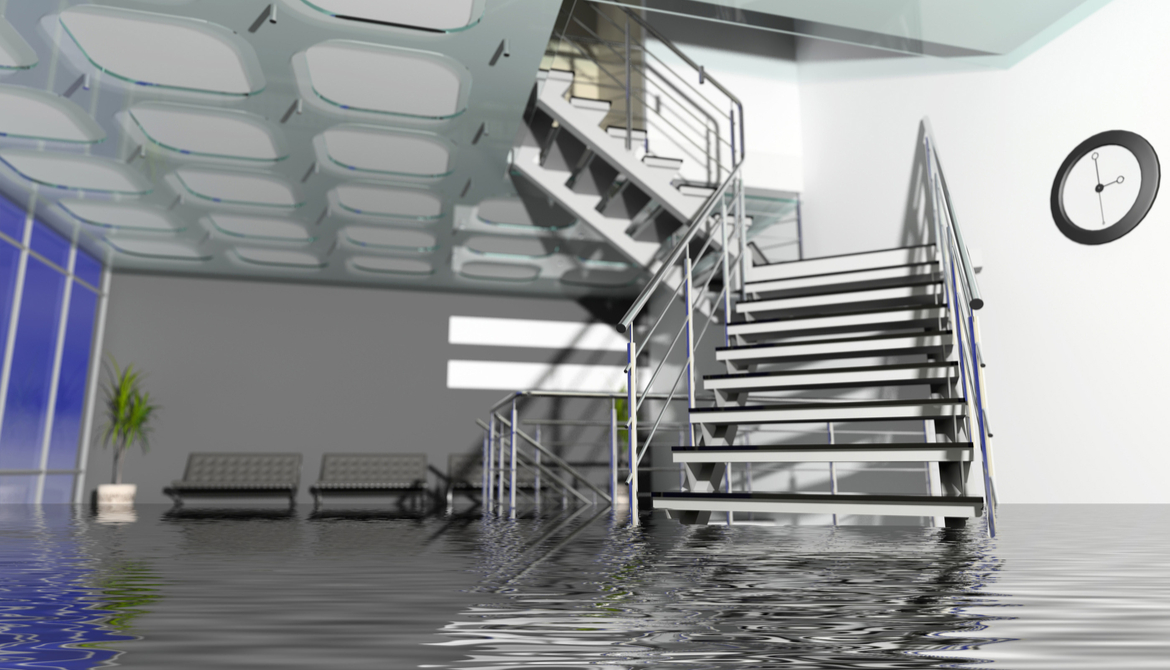4 minutes
Ensure your credit union has plans and policies in place to ensure safe cleanup and recovery after a natural disaster.
Whether you believe in climate change or not, natural disasters seem to be getting worse in recent years. Fires along the West Coast and flooding and tornadoes from the Midwest to the East Coast have been devastating and occurring at an alarming rate. The impact on communities, businesses and credit unions is substantial, including physical damage, extended disruption of branch member services, member anxiety—in general and specific to their finances—and staff concerns.
In this article, we are assuming that you have an emergency preparedness plan in place that will allow your credit union to respond appropriately to natural disasters with some warning—such as flooding, hurricanes and fires, and even surprise calamities like tornadoes and earthquakes—and that a remote “hot site” is in place (i.e., a remotely located mirror or duplicate of your production data center, potentially with office space). Recently, 500-year flooding in the Midwest and into to the East Coast region has been big news, so let’s take a look at a few flood-related considerations and tips.
1. Safety
The first concern is safety. You and your staff need to stay away from the facility until government officials say it is OK to return. If staff are in the facility at the time of flooding, removal to a safe location is certainly the priority. If you are concerned about theft from your cash machine or vault while the premises is vacated, you will need to engage a preselected security firm to stand guard.
Be very cautious when you return to building as electrical may still be connected and gas lines my be broken. People are often surprised that fires are an issue during and after flooding.
2. Know Who to Call
Your insurance company should be one of the first numbers you call. Insurers will likely have significant experience with flood damage or other disasters that will help you set up your short- and long-range recovery plan. Additional information is available from many others online. For example, Paul Davis—a recovery, reconstruction and restoration firm—has posted a checklist of what to do after a flood. Paul Davis’s article covers topics including:
- Destruction – This section looks at the impact of flooding on wallboard, plaster, insulation, wood, floor coverings, plumbing, electrical wiring, appliances and HVAC. It does not include how to mitigate damage to ATMs, ITMs or computer networks. Your service contractors should include disaster recovery clauses with timeframes and costs.
- Flood and water damage cleanup – This section covers actions to take after a flood—and what not to do. “Getting Ready” provides steps to remain safe, such as looking for rodents, snakes and insects, smelling for gas and looking for structural issues. “First Steps” prioritizes the process of cleanup. While the article focuses on residential, it is applicable to small commercial as well. However, the reality is that most credit unions will hire a firm to do the cleanup. Your maintenance firm or a firm specializing in disaster cleanup should already be under an agreement for quick response in areas with the potential for natural disasters—just like you should have an agreement with an emergency generator provider when you do not have your own onsite equipment.
3. Business Continuity
One some occasions, damage is so extensive that a branch must be closed for a few or many months. Your members will be relying on you, so how do you continue service? The fastest way is, of course, through remote delivery technologies and your phone center. Training should be in place to quickly respond to members’ financial needs and anxieties. A few large credit unions have developed trailers for emergencies or as an on-site alternative during major branch renovations. These have also been used as “pop-up” branches to augment existing networks, to introduce a new branch location, for marketing and attending events. (Read “Branch on Demand” for an example from Partners FCU.) There are a few firms in the United States that rent trailers for temporary use.
4. Staff Welfare
Attention to staff welfare is critical to quick service recovery, retaining staff and ensuring positive feelings about how the credit union is handling the situation. The disaster may extend beyond the physical branch location—it may impact your employees’ homes, family, schools and access to food and services. After such traumatic incidents as natural disasters, companies often engage the services of specially trained mental health professionals to help employees and managers debrief their initial reactions. This is voluntary and confidential, usually occurs within the first 24-48 hours, and assists with recognizing “normal” stress reactions versus PTSD, resiliency, coping strategies and resources for healing.
If you’d like more resources on this topic, the Business Continuity Institute offers an article titled “The Importance of Staff Welfare During a Disaster.”
The perceived importance of disaster preparedness seems to ebb and flow with proximity to the last event. But a credit union’s level of preparedness must remain constant by policy, scheduled inspections and training, vendor agreements, and senior management and board oversight. No matter the size of your staff, number of branches or locations, an active preparedness plan is a must.cues icon
Paul Seibert, CMC, is an independent facilities and real estate consultant under Paul Seibert Consulting, Seattle.





